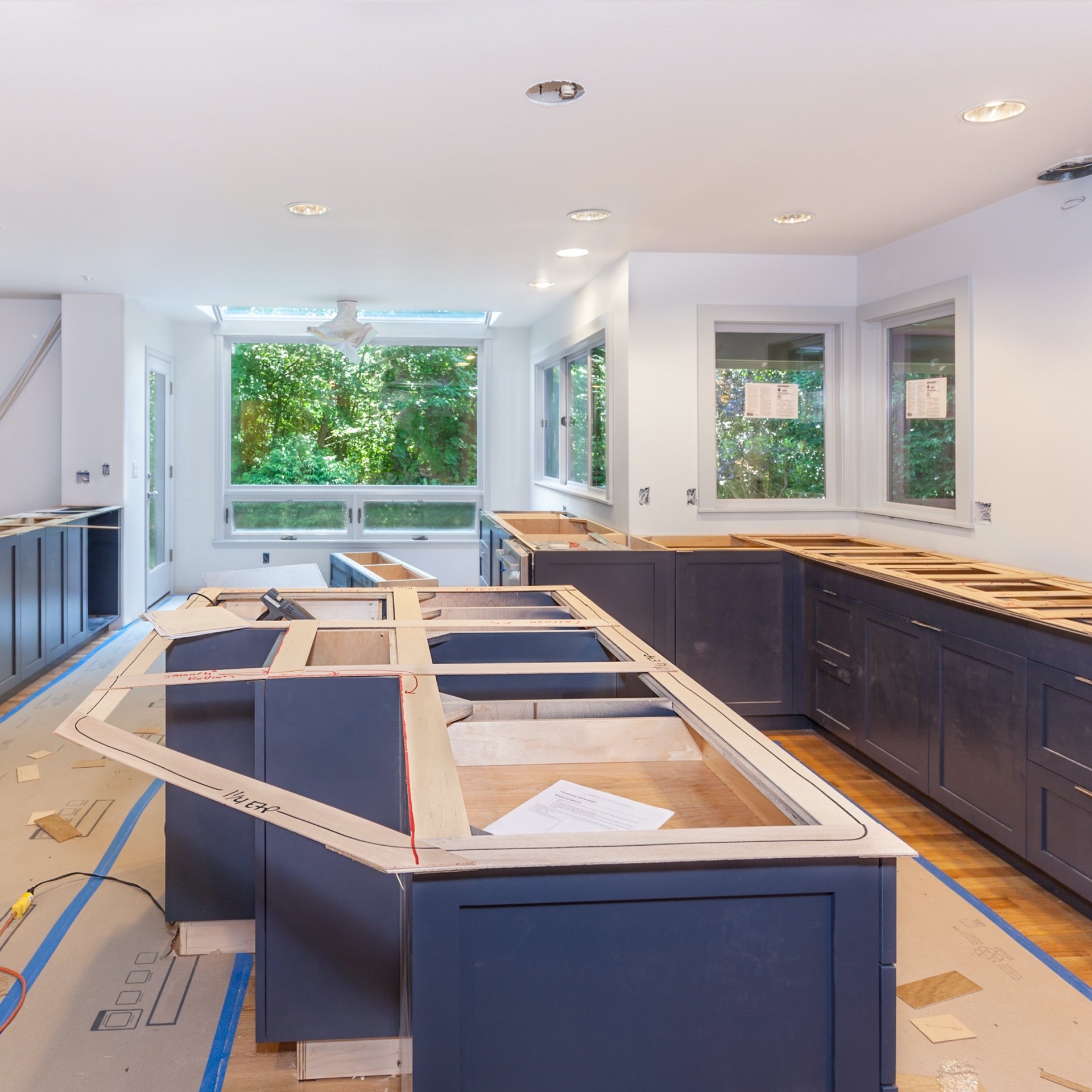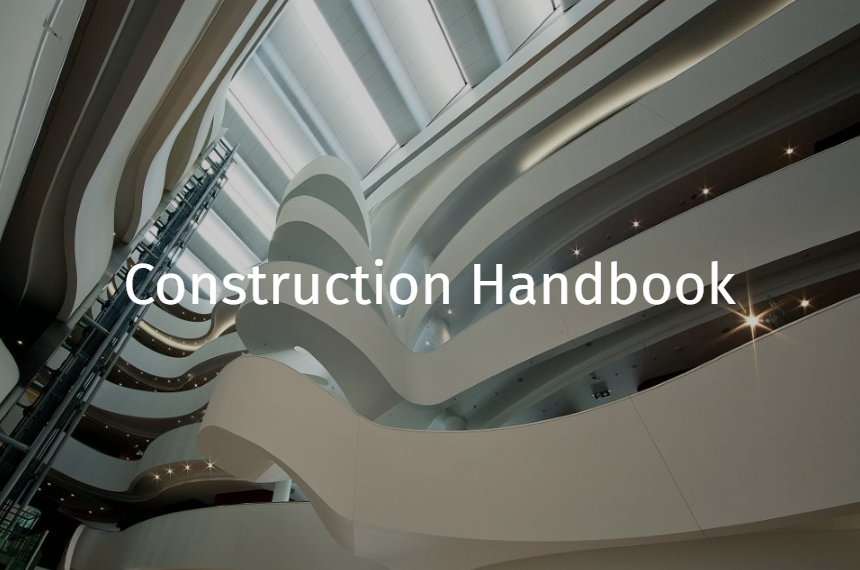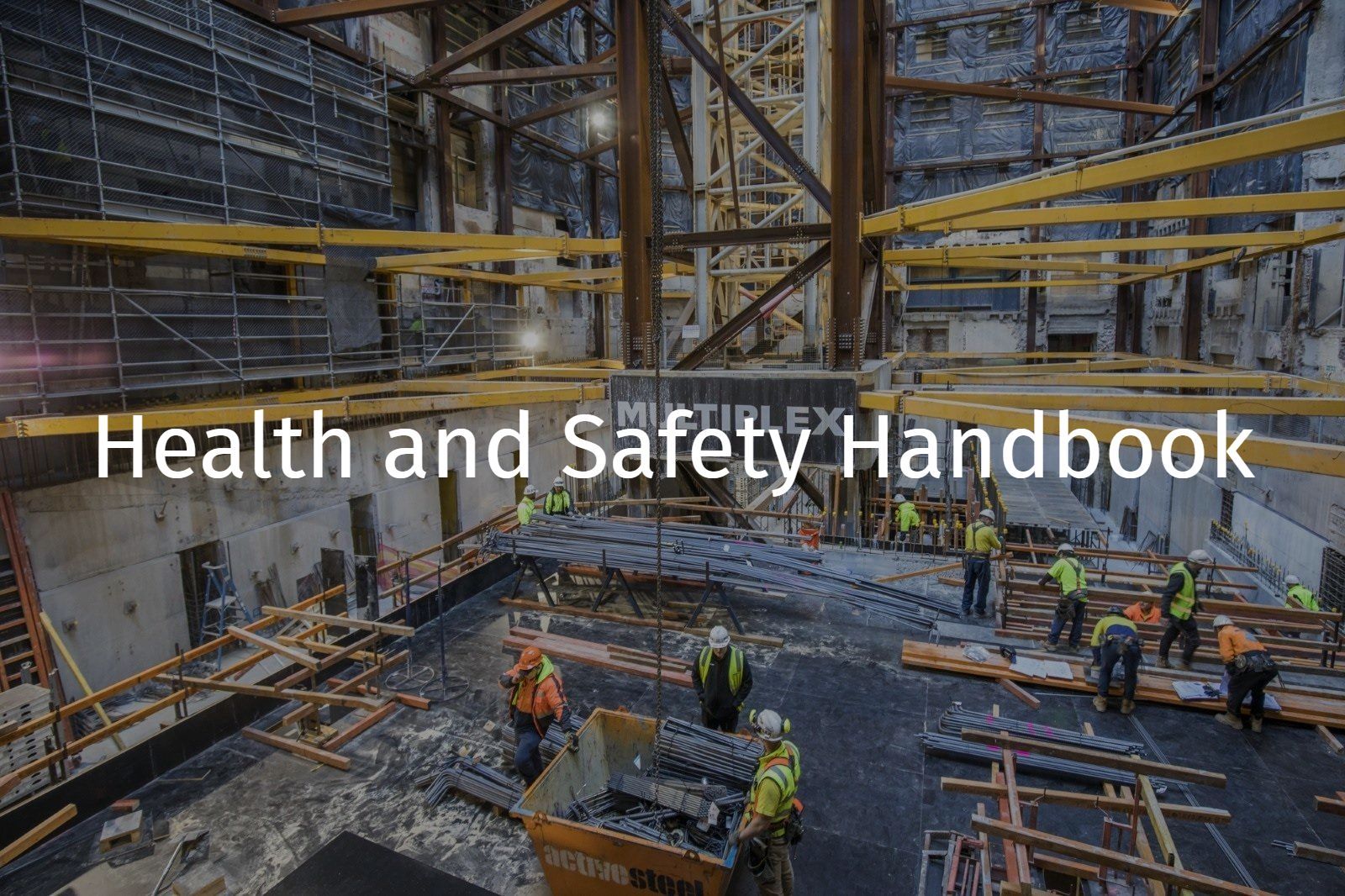Roof Work
References: R Record keeping requirement | E An engineering/certification requirement | P A permit to work requirement | S A safe work method statement (SWMS) / written plan
Operational
Safe access must be provided to all areas in a workplace, including access to different levels and to all parts of the roof. Before choosing a type of access, consideration should be given to:
- Any tools and equipment that may be required while on the roof – and the risks of carrying them
- The frequency of access for routine maintenance
- The number of people required to access the roof
- The nature of the work.
Roof work must only commence following the installation of compliant safety mesh and edge protection.
R A handover certificate, inspection and test plan or similar must be issued by a Competent Person for the installation and inspection of the roof edge protection.
Where other work (other than roof construction work) on a roof must be undertaken, the work must only be permitted where edge protection systems are installed, or where workers are equipped with fall arrest /restraint devices and have SWMS developed and reviewed by MPX.
Where fall arrest or restraint devices are planned to be used it must be in accordance with:
- Section: Fall Injury Prevention Systems.
Access onto roofs must be authorised by MPX and clearly signposted for authorised personnel only.
Measures should be put in place in accordance with manufacturer recommendations to control exposure to excessive electromagnetic radiation from devices such as antennas.
R WA - Following the construction of a roof and removal of the edge protection, a Roof Access Permit must be implemented.
Brittle or Fragile Roof
Do not walk on brittle or fragile roofs
Roofs are likely to be brittle or fragile if they are constructed of the following materials:
- Asbestos roofing sheets
- Polycarbonate or plastic commonly used in skylights
- Roof lights, particularly those in the roof plane that can be difficult to see in certain light conditions or when hidden by paint
- Fibre cement sheets
- Liner panels on builtup sheeted roofs
- Metal sheets and fasteners where corroded
- Glass, including wired glass
- Chipboard or similar material where rotted
- Wood slabs, slates and tiles.
Roofs should be treated as brittle or fragile until a Competent Person has confirmed otherwise they are not.
Considerations must be given to the following when planning and developing controls:
- Whether the roof is trafficable?
- Whether works can be performed from underneath the brittle or fragile roof?
- Which parts of the roof are made of brittle or fragile material?
- The stability of the structure that supports the roof and the soundness of the roof.
- What types of construction activities are likely to occur in and around the brittle or fragile roof?
WA - Work on a brittle or fragile roof shall only be carried out if a risk assessment is conducted identifying which parts of the roof are made of brittle or fragile material, the stability of the structure that supports the roof and the soundness of the roof.
The person conducting the work has been informed that the roof is wholly or in part brittle or fragile.
All personnel required to work on brittle or fragile roofing must be:
- Inducted into the SWMS, including on how to and where to access the roof, work platform or access tower.
Protection must be provided if there is a risk of falling through the roof and work is being done on the top of the roof including the following:
- A noncorrosive safety mesh capable of preventing a person falling through the roof must be securely fixed directly over the top of or directly underneath the brittle or fragile areas, or
- Barriers securely fixed and adequately maintained around the brittle or fragile areas, or
- Walkways and /or crawl boards of suitable size and length must be installed where practicable.
A warning notice bearing the words ‘Danger – Fragile Roofing – Use Working Platform’ must be placed at each access. The notice must not be removed without the authority of the person who placed the notice.
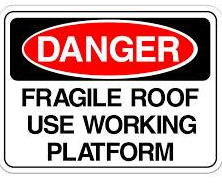
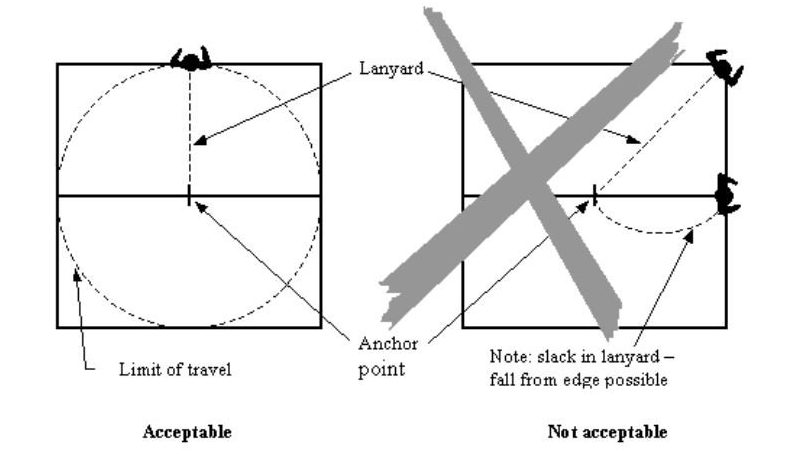
Legal and Other Requirements
- AS/NSZ 4994.2: Temporary edge protection, roof edge protection – installation and dismantling
- Managing the risk of falls at workplaces Code of Practice (QLD) 2018
Document Control
Version 1 August 2019 – New Standard
